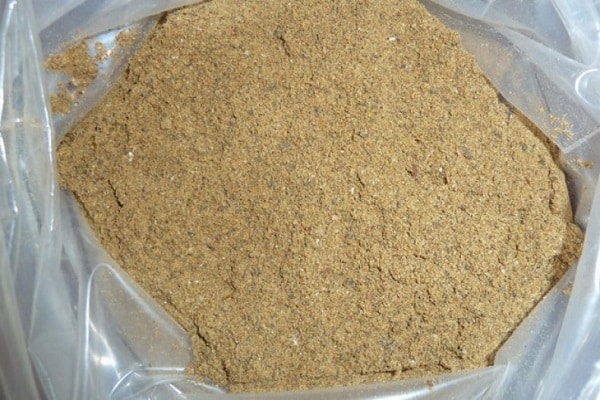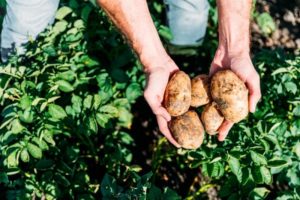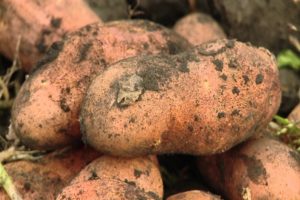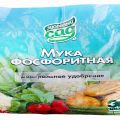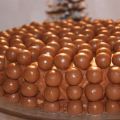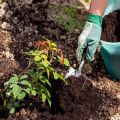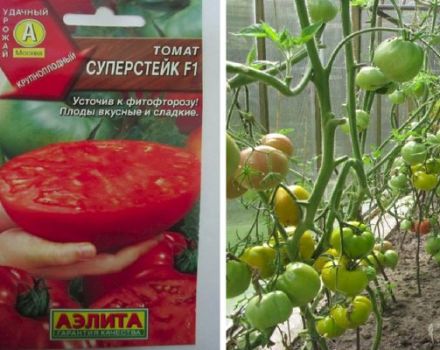How to use blood meal for fertilization and make it correctly
As a fertilizer, blood meal has been used by more than one generation of gardeners. In terms of the content of beneficial trace elements, this organic mixture is superior to many types of fertilizers. But before using the animal processing product, let's study its effect on garden and horticultural crops.
Content
- 1 Description
- 2 Fertilizer production method
- 3 Characteristics
- 4 Useful properties and composition
- 5 Advantages and disadvantages
- 6 Feeding methods
- 7 Application features for plants
- 8 Determination of acidity in horticulture
- 9 Making blood meal with your own hands
- 10 Combination of flour and other types of fertilizers
Description
Blood meal is an organic material obtained from the processing of slaughterhouse products. It is used not only as a fertilizer, but also as pet food. It is very often confused with bone meal, but it is a completely different product. Blood meal contains nitrogen, and bone meal contains phosphorus.

The value of blood meal is that it lowers the acidity of the soil, thus improving its structure. The fertilizer is used not only for vegetables and fruits, but also for flowers. You can buy the material in specialized gardening centers.
Fertilizer production method
Organic material is obtained from the blood of animals such as chickens, pigs and cattle. The process of obtaining high-quality fertilizers is quite laborious and requires special equipment. It takes place in several stages:

- animal blood is poured into a special container, where thorough mixing takes place;
- using a pump, the liquid is pumped into a special vibration extractor;
- under the influence of live steam, moisture is completely removed from it;
- the blood goes through the drying process, and is brought to the required state.
This method of production allows you to get the most balanced fertilizer composition. Organic substances significantly increase soil fertility and, accordingly, yield.
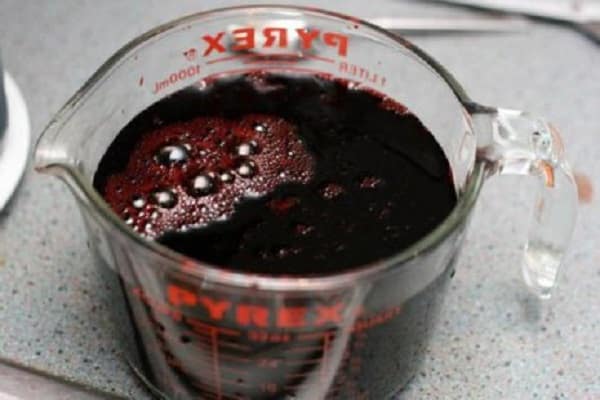
Characteristics
The peculiarity of blood meal is that it saturates the soil with nitrogen. The result is successful plant growth and a good harvest. But this does not mean that the product has no flaws. Increased doses of the substance can cause severe burns to plants.
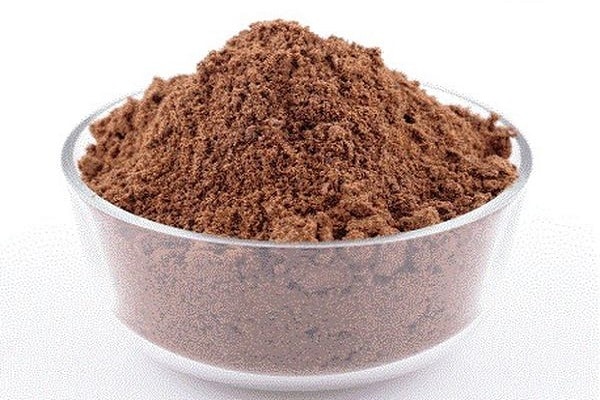
Useful properties and composition
Blood meal feeds plants for over 6 weeks. It prevents the appearance of yellow spots on the leaves and repels pests. The amount of nitrogen that it contains quickly returns the plants to a healthy look and bright green leaves. In addition, it is a fairly economical fertilizer. As a rule, liquid top dressing is prepared from it.10 liters of water requires only 1 tablespoon of flour.
The blood meal contains the following components:
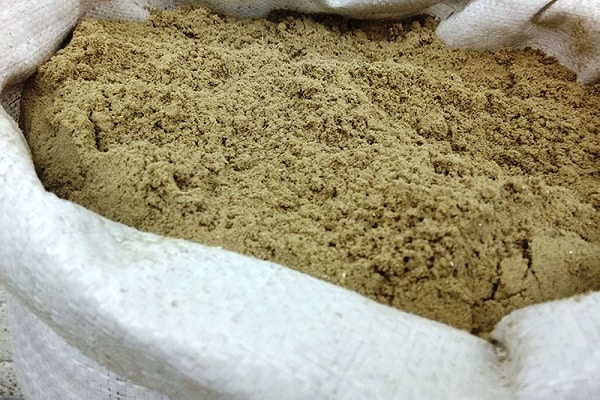
- processed and dried animal blood;
- nitrogen;
- iron;
- proteins;
- amino acids.
Advantages and disadvantages
The main advantages of fertilization are to increase the productivity of horticultural and horticultural crops. Organic fertilizers significantly increase soil fertility, while they are absolutely non-toxic, therefore, do not harm health. At the same time, blood meal has a specific odor that has a deterrent effect on rodents and other pests.

Due to the absorption of nitrogen, the greens of the plants look healthy, have a bright green color without the inclusion of yellow or other spots.
However, there are also flaws in organic material. These include:
- overdosing leads to burns of plants, so the proportions must be strictly observed;
- a significant reduction in soil acidity, respectively, can only be used for highly acidic soil;
- along with acidity, the concentration of potassium and phosphorus in the soil decreases;
- limited shelf life after opening the package (no more than six months).

Feeding methods
There are several ways to fertilize the soil with blood meal:
- Fertilizer solution.
- Dry together with seed.
- Dry fertilizer is applied to the soil during the entire growing period.
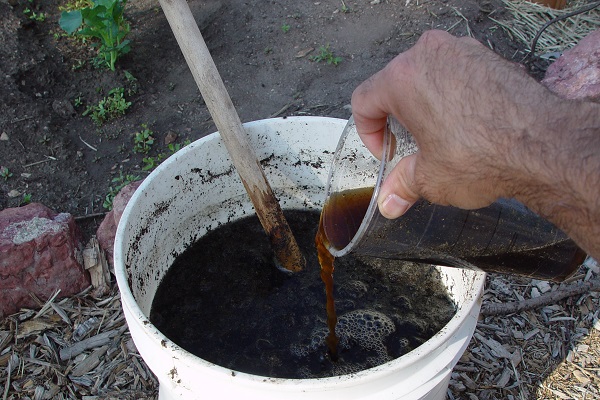
Application features for plants
Before asking for help with fertilizer, it is important to familiarize yourself with the features of its use for different types of plants. Before feeding, it is necessary to determine the acidity of the beds. At low acidity, the procedure can be harmful.
Fertilizing tomatoes
When planting tomatoes, blood meal is added directly to the hole (no more than 100 g). Its use eliminates the need for additional feeding with nitrogen-containing substrates.

Top dressing of potatoes
The soil for potatoes is cultivated in late autumn or early spring. For 1 square meter, 300 g of flour is taken.
Top dressing eggplant
Adding no more than 100 g of dry material directly into the seed well.
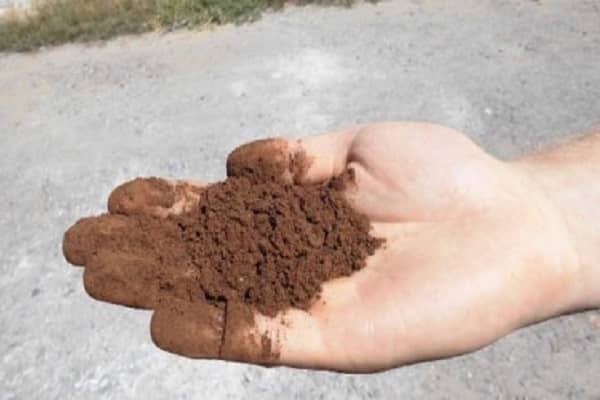
Feeding strawberries
Introduction to the planting hole (2 tbsp. L. Solution) and parallel annual feeding.
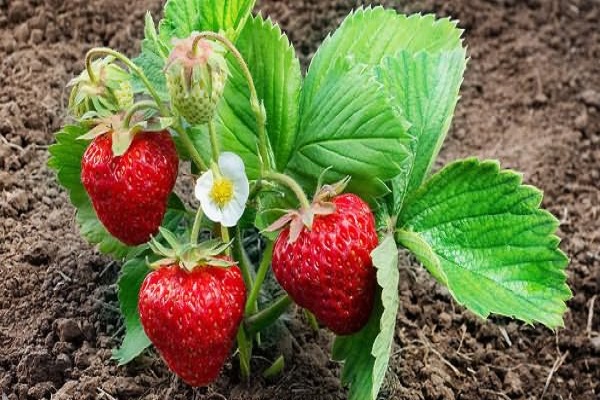
Fertilizing roses
50 g of dry flour is added to each hole under the plant.
Fertilizing seedlings
Watering with a solution based on proportions of 1: 100. Plants are processed 10-15 days before planting in open ground.
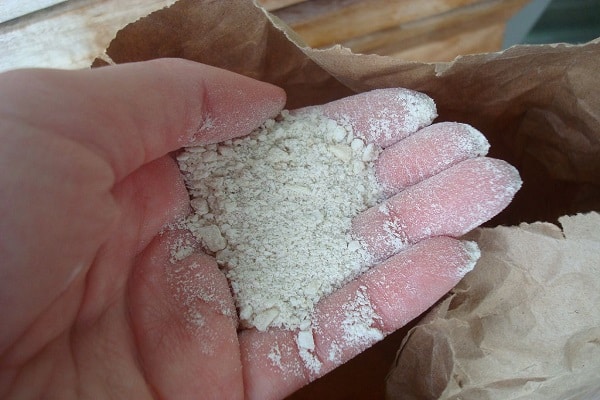
Determination of acidity in horticulture
Even ancient ancestors knew how to identify the soil with high acidity. Weeds such as horsetail, wood lice, creeping buttercup and plantain love acidic soils, so they can be a clear guideline in determining acidic soil.
Another proven method for testing acidity is to use baking soda. It is added to the soil previously mixed with water. If bubbles and hiss are present, this indicates an increased acidity of the soil.
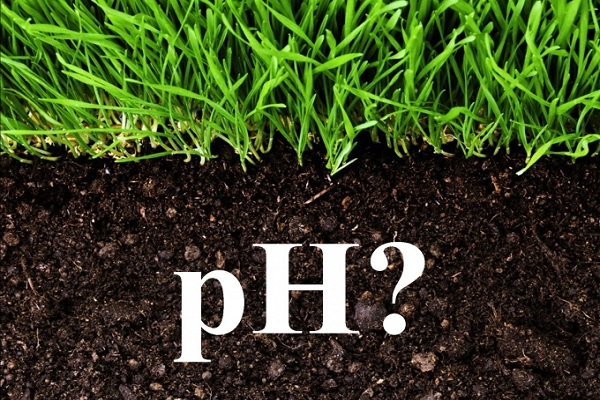
Making blood meal with your own hands
Although the process of making blood meal seems simple, it requires special equipment and adherence to technological standards. Therefore, it is impossible to properly prepare fertilizer at home.
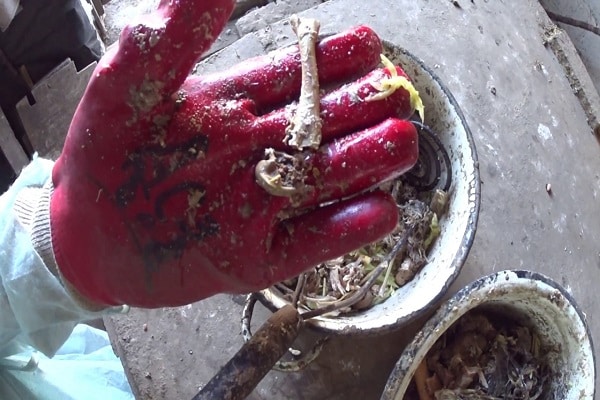
Combination of flour and other types of fertilizers
Since flour fertilizers contain a high concentration of nutrients, in most cases they do not require supplementation, such as manure or minerals. But if the soil has high acidity, you can combine flour with various oxidizing agents, for example, egg acid powder.
When using bone meal with a low nitrogen concentration, it is best to combine it with mature compost.
